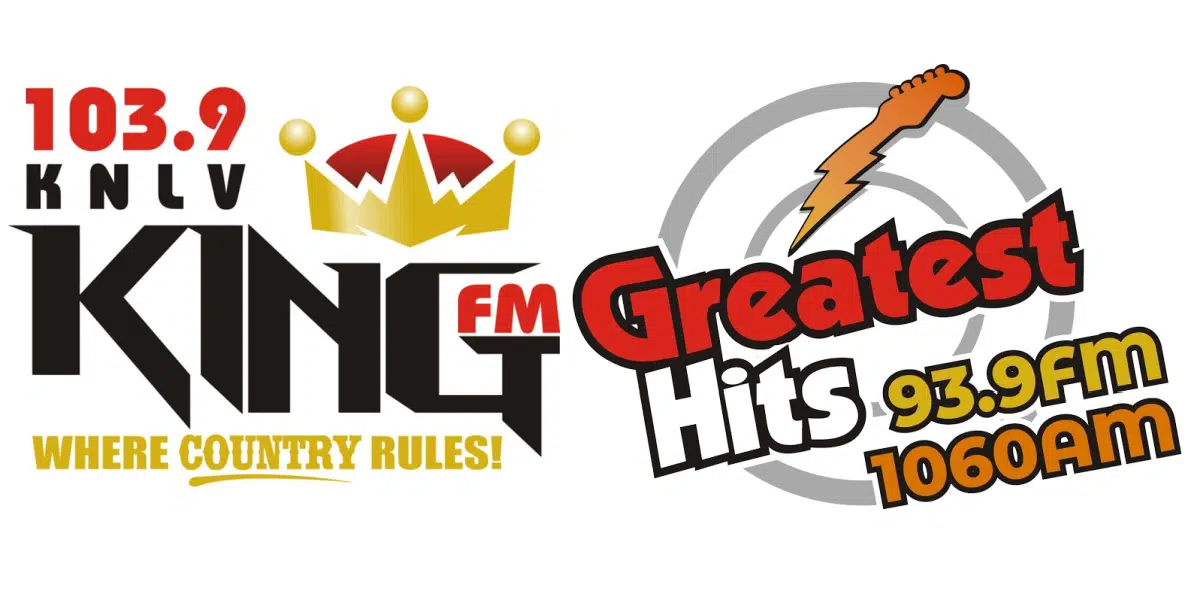HASTINGS, Neb. – With high school sports concluded for this school year, many schools across Nebraska are gearing up for a significant change in the upcoming basketball season due to a new rule.
The 2024-2025 basketball season is still months away, but high schools statewide are preparing for the introduction of a 35-second shot clock for boys and girls basketball in Classes C and D.
This rule has generated mixed reactions, with some expressing excitement and others voicing concerns.
“At first when the rule came out, I wasn’t real happy with it,” said Harvard Public Schools Athletic Director Brent Williamson. “As I’ve talked to kids, other people, and some of the Class B schools that have it, I’ve come full circle and now support it.”
Class A implemented a 35-second shot clock in 2022, followed by Class B in 2023.
Classes C and D will now be the final two classes in Nebraska to adopt the rule starting this season.
Officials with the Nebraska School Activities Association (NSAA) reported receiving positive feedback from Classes A and B about the shot clock, prompting them to push for full implementation.
“We contacted the schools and let them know that this was probably going to take place, we let them know that in January,” said NSAA Assistant Director Jon Dolliver. “The official vote didn’t happen until April, but we knew at that time in January after those district meetings that it had enough traction to pass in April.”
Beginning this basketball season, Classes C and D schools must have two shot clocks connected to each basket, giving teams 35 seconds to shoot the ball.
The shot clock will reset after the ball hits any part of the rim or changes possession. Unlike pro and college basketball, which use partial resets after offensive rebounds, high school shot clocks will always reset to 35 seconds.
Additionally, the shot clock will be turned off if a team leads by more than 40 points.
Adams Central, a Class C team, will be part of this new rule. Head Boys Basketball Coach Zac Foster, a member of the Coaches Association Advisory Committee in District 4, supported the rule for several reasons.
“We’ve really felt it’s best for the game and for player development,” said Foster.
Without the clock, teams in Classes C and D often strategized to hold the ball and wind down the clock, impacting the flow of the game.
“I’ve never blamed any coaches who have taken advantage of holding the basketball and stretching the game out that way, because we’ve done it as well. I just think it’s probably not the best in terms of the flow of the game,” Foster added.
Another concern raised by some schools is the cost of the new shot clocks, which the NSAA estimates will cost between $6,000-$12,000, including installation.
In January, NSAA District members voted 134 ‘for’, 84 ‘against’, and 61 ‘abstaining’ before the rule was passed in April.
One of the 84 dissenters was Harvard, central Nebraska. Smaller towns, like Harvard, already struggle to find official scorebook keepers and scoreboard operators. The shot clocks will require an additional person to operate them.
“We’re not alone in this; everybody I talk to has trouble just getting an official scorekeeper and somebody to run the clock,” said Williamson. “We’ve got to find a third person to run the shot clock, and it’s going to be a pretty limited pool to pull from.”
While there will undoubtedly be initial hiccups with the new technology and teams adjusting their play styles, all parties expect everything to eventually work out.
“35 seconds is a long time; it just really limits people who are going to try and shrink the game,” Foster said. “You see that in big games at the end of the year. In 95% of situations, it’s never going to be a factor.”


















Comments